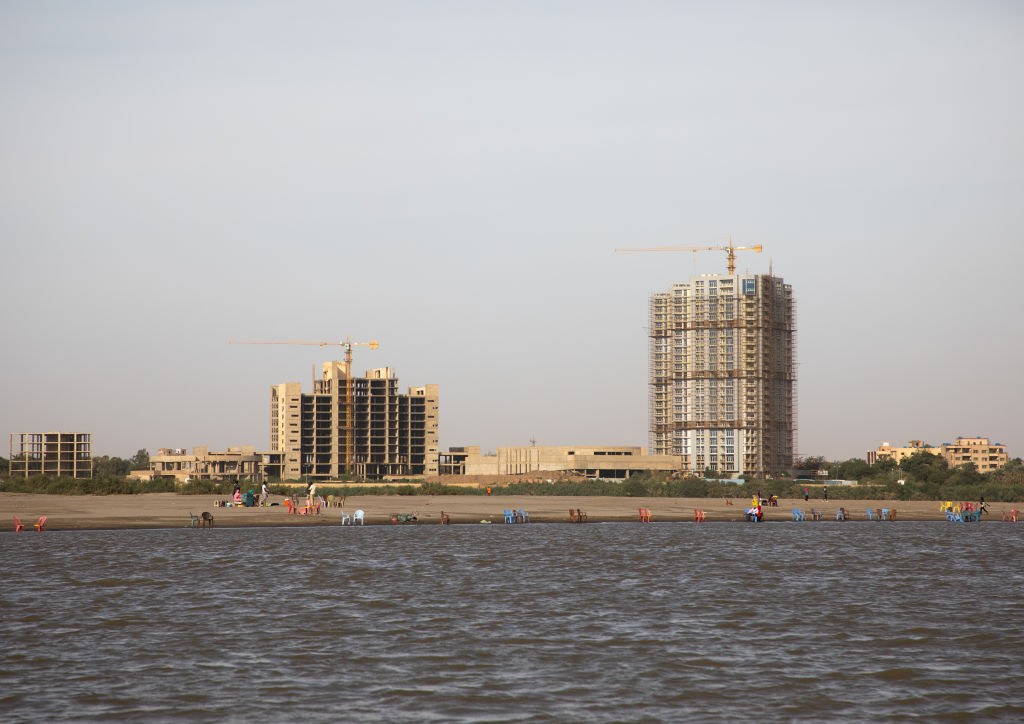
Sudan discloses lower Nile water levels, hints GERD gates closure

Sudan’s Irrigation and Water Resources Ministry on Wednesday disclosed a decline in the water levels of Nile River, which hints closure of the gates of the Grand Ethiopian Renaissance Dam (GERD) when Ethiopia reportedly announced start of filling the dam.
“Measuring the Blue Nile levels by the concerned authorities showed a decline in the water levels equivalent to 90 million cubic meters per day, which confirms the closure of the gates of the dam,” said the ministry in a statement.
The ministry further reiterated Sudan’s rejection to any unilateral measures by any party relating to the GERD issue.
“The ministry renews its rejection to any unilateral measures by any party, particularly with the continued efforts … to reach a consensus deal among the three countries on the outstanding issues of difference which can be overcome if there is political will,” the statement said.
It reiterated that the Sudan’s concerned authorities are following up the development related to the GERD in a manner that secures Sudan’s national interests.
Earlier on Wednesday, Ethiopia’s Water and Irrigation Minister Seleshi Bekele reportedly announced that the GERD has started filling.
On Monday, Sudan, Egypt and Ethiopia ended the recent round of talks on the GERD without reaching agreement on the outstanding issue, namely the filling of the dam.
Meanwhile, the three countries send separate reports to the African Union which is expected to call for a mini-summit next week to issue a decision regarding the Ethiopian dam.
Ethiopia started building the GERD in 2011, while Egypt, a downstream Nile Basin country that relies on the river for its fresh water, is concerned that the dam might affect its 55.5-billion-cubic-meter annual share of the water resources.






